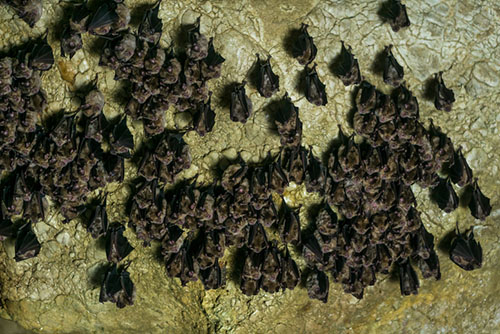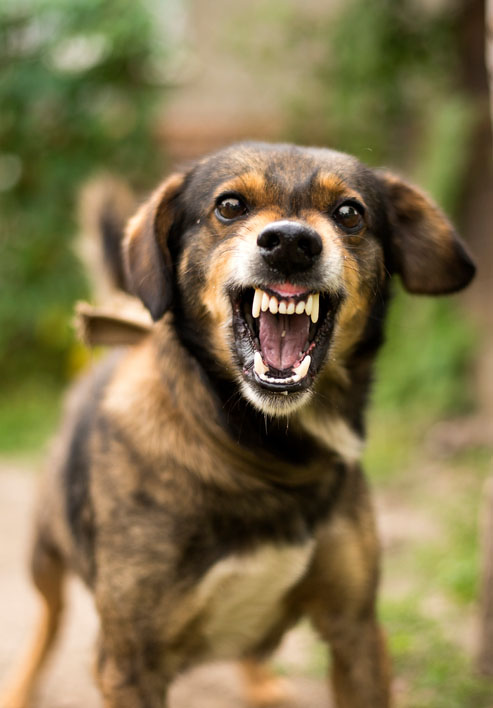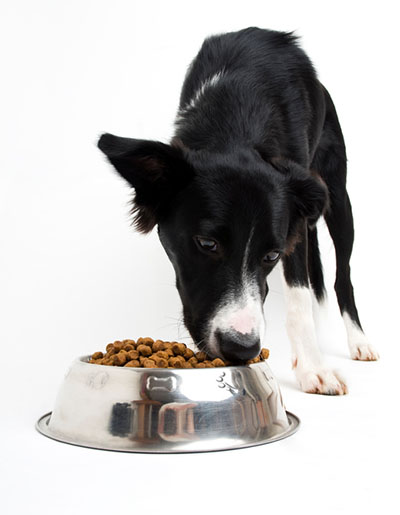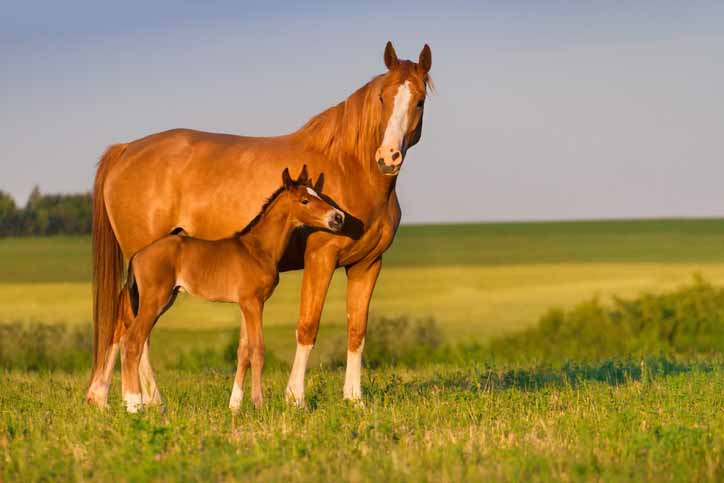Trauma in Goats
- Lameness in Goats
- Overview of Lameness in Goats
- Caprine Arthritis and Encephalitis
- Contracted Tendons in Goat Kids
- Copper Deficiency in Goats
- Epiphysitis in Goats
- Footrot and Foot Scald in Goats
- Joint-ill in Goats
- Laminitis in Goats
- Mycoplasmosis in Goats
- Trauma in Goats
- White Muscle Disease in Goats
Goats, in general, are agile creatures, but if frightened they may attempt impossible jumps, with resultant fractures or other injuries. Yards designed for goats that are infrequently handled should have a visual as well as physical barrier. Chain-link fences are often associated with limb fractures when used for goat enclosures. Fortunately, most fractures of the lower limbs heal rapidly with normal casting. Shearing of Angoras is a source of potential problems when the shearer’s comb cuts into or through the Achilles tendon. Orthopedic procedures suitable for large dogs can be used. If goats are attacked by dogs or wild canines and survive, they often have multiple traumatic injuries that can include fractures.
Some IM injections can cause problems. For example, mixed clostridial vaccines can cause severe soft-tissue swelling and lameness for ≥48 hr. Irritant drugs can damage nearby nerves and cause lameness, particularly when thin or young goats are injected in the thigh muscles and the sciatic nerve is affected. In some cases of severe mastitis, especially gangrenous, there is a hindlimb lameness on the affected side as the doe changes her gait because of swelling and pain in the udder.
- Lameness in Goats
- Overview of Lameness in Goats
- Caprine Arthritis and Encephalitis
- Contracted Tendons in Goat Kids
- Copper Deficiency in Goats
- Epiphysitis in Goats
- Footrot and Foot Scald in Goats
- Joint-ill in Goats
- Laminitis in Goats
- Mycoplasmosis in Goats
- Trauma in Goats
- White Muscle Disease in Goats





